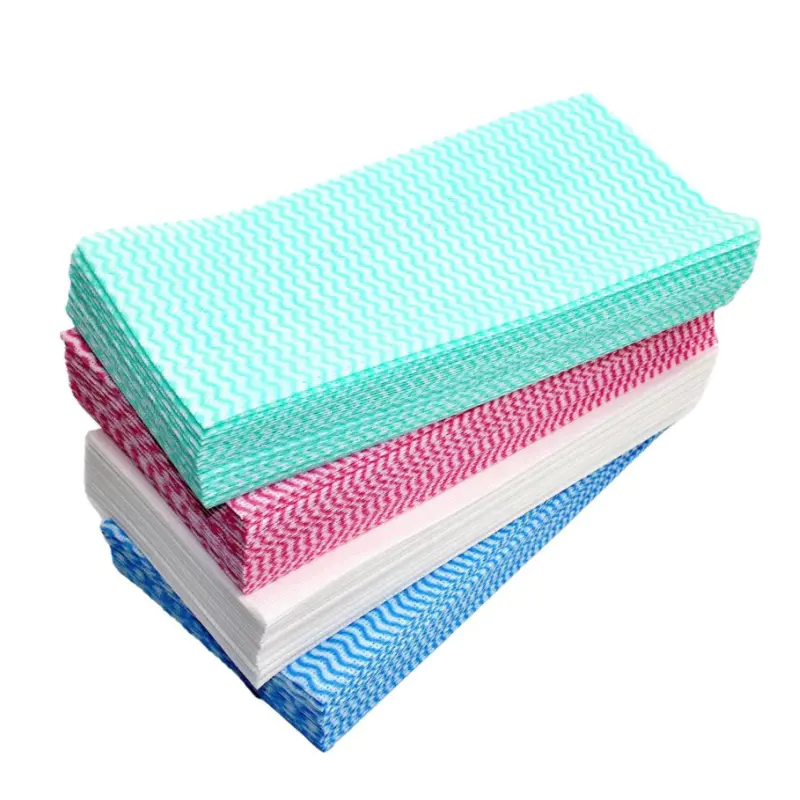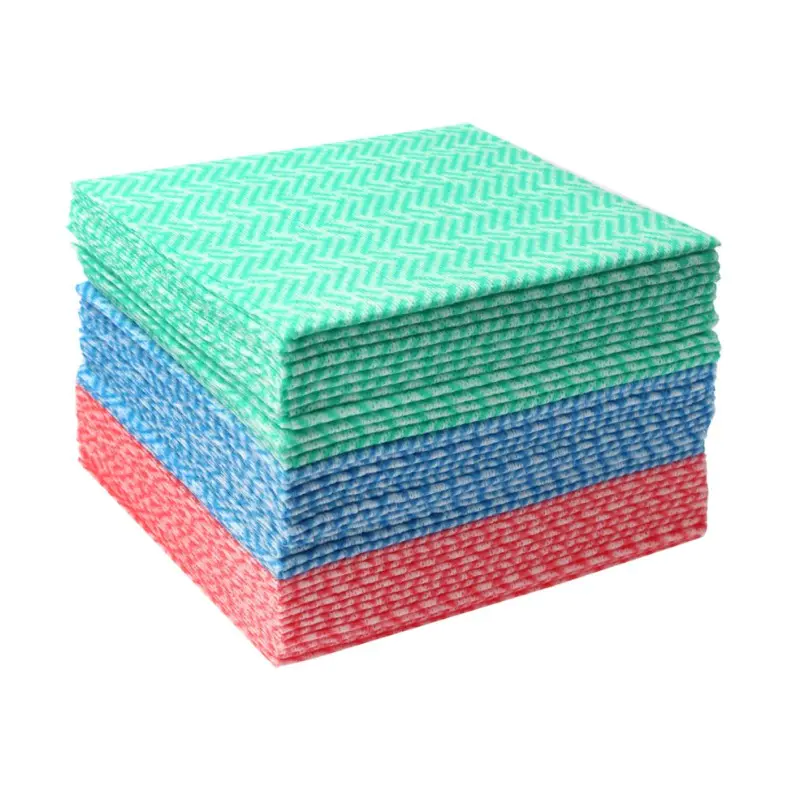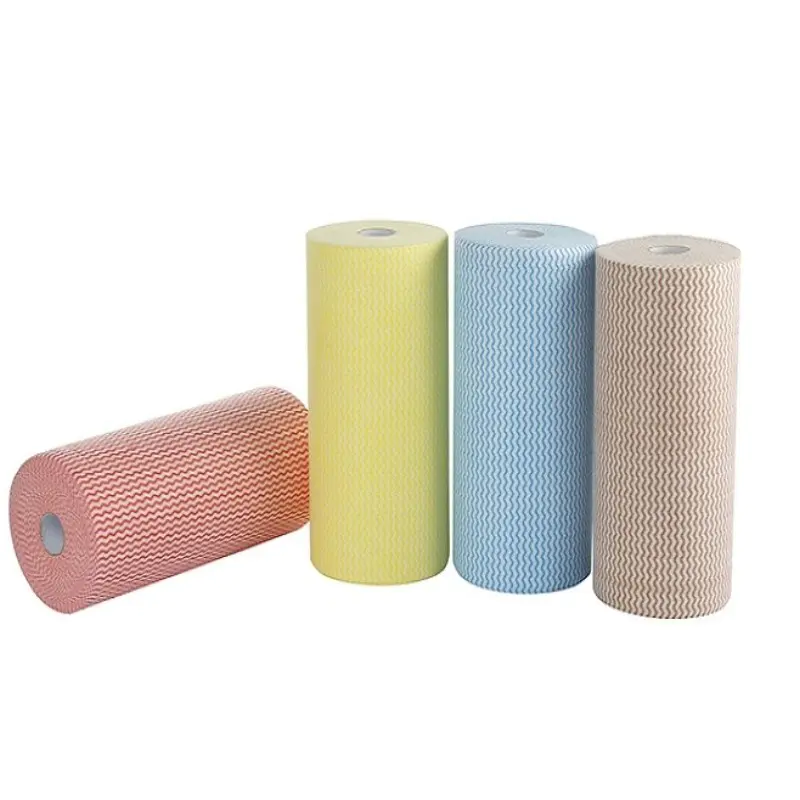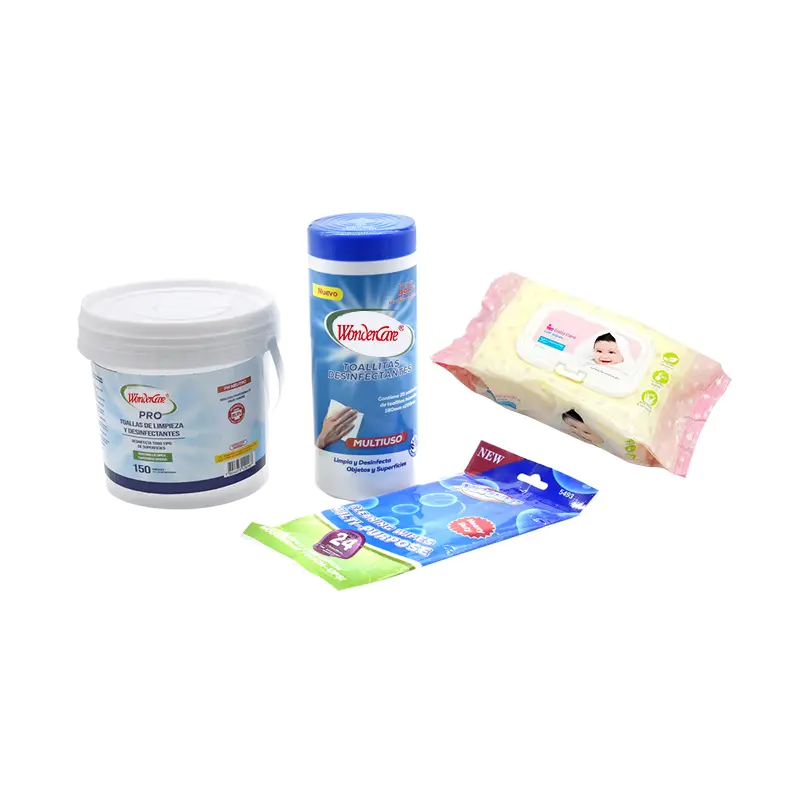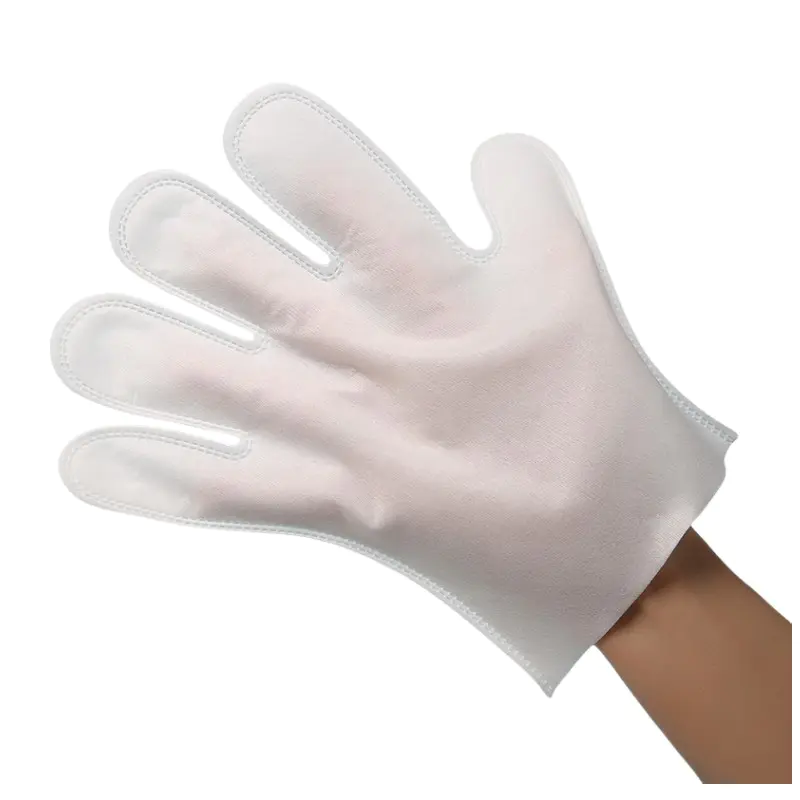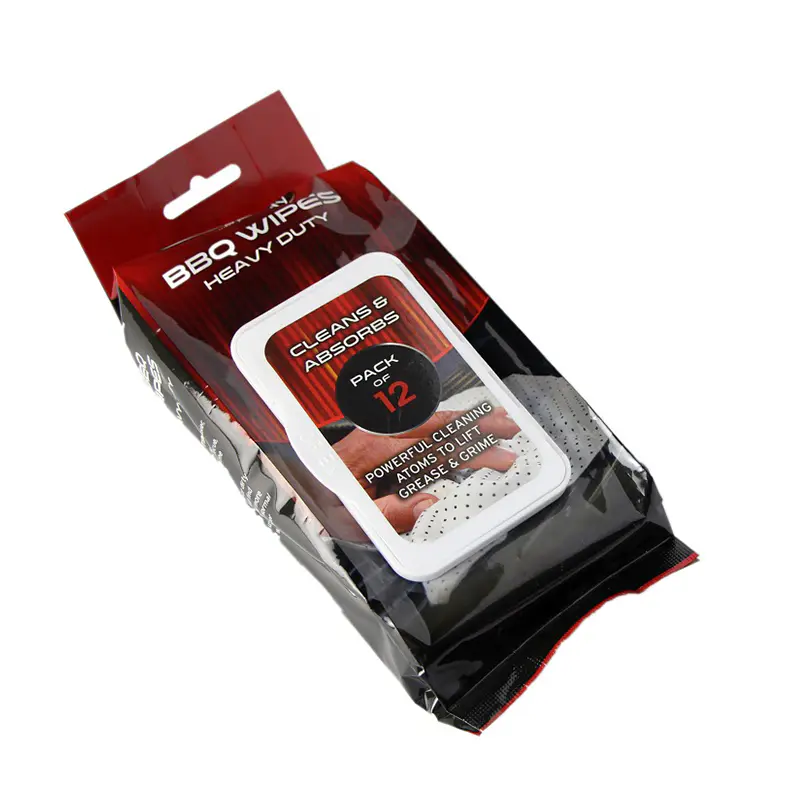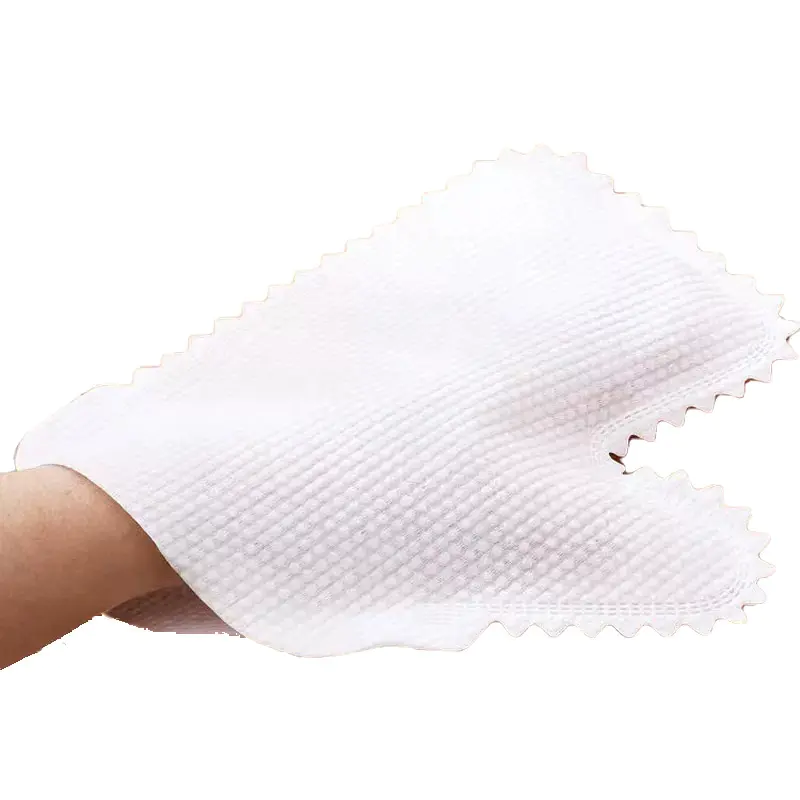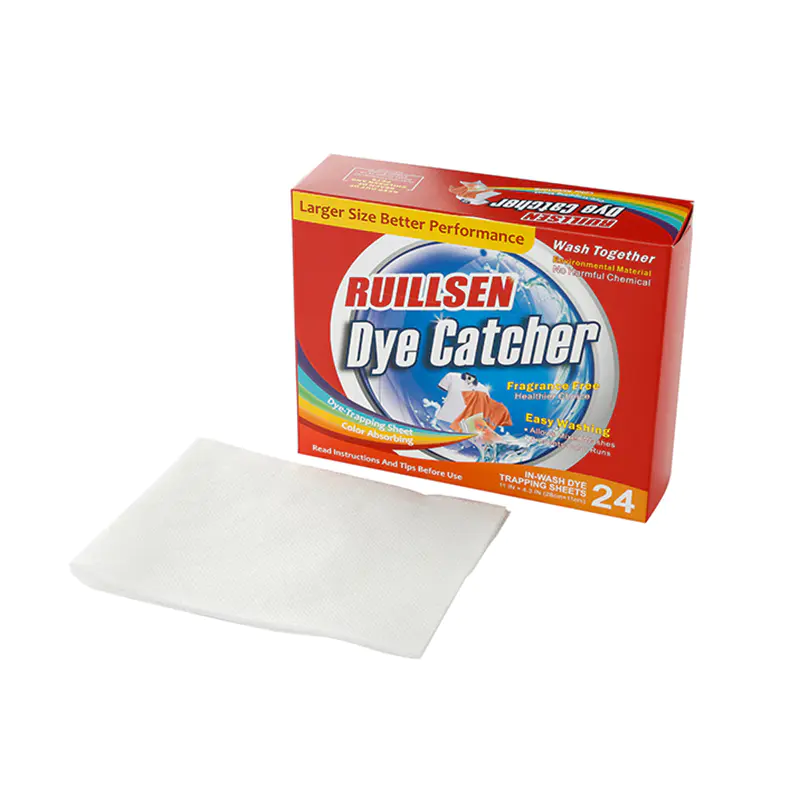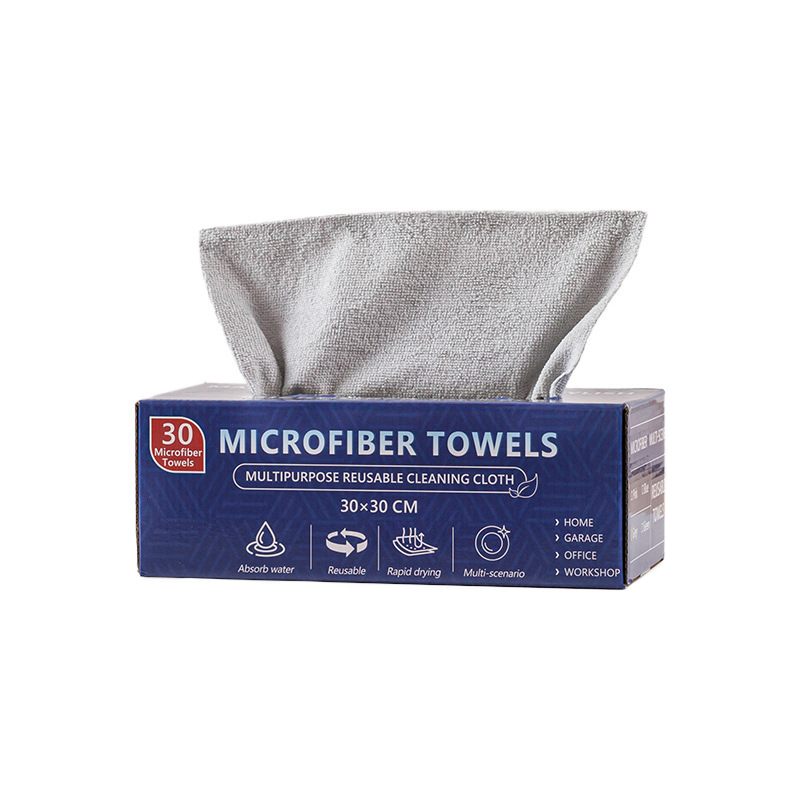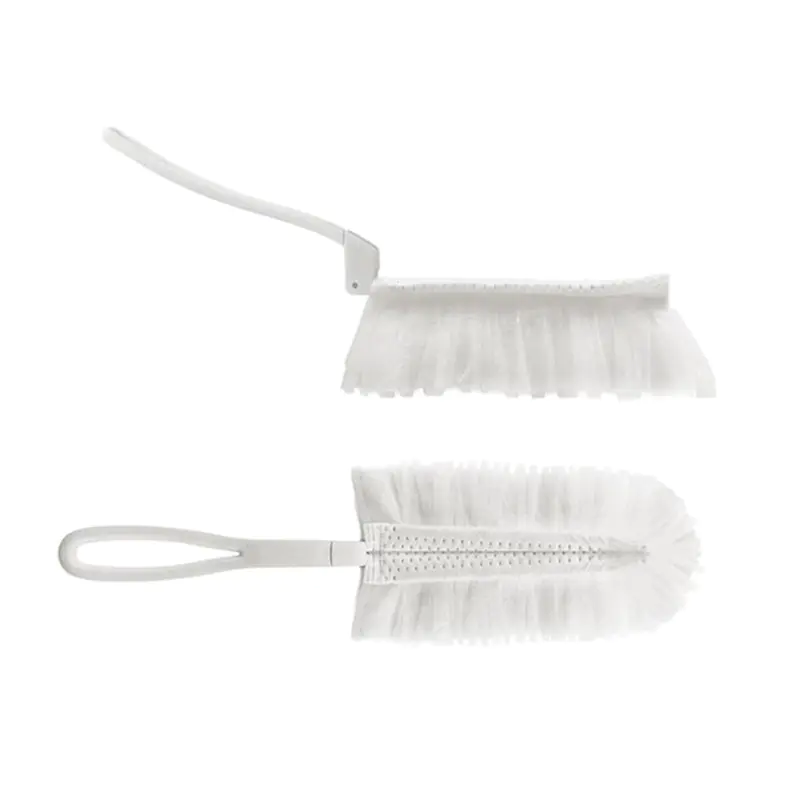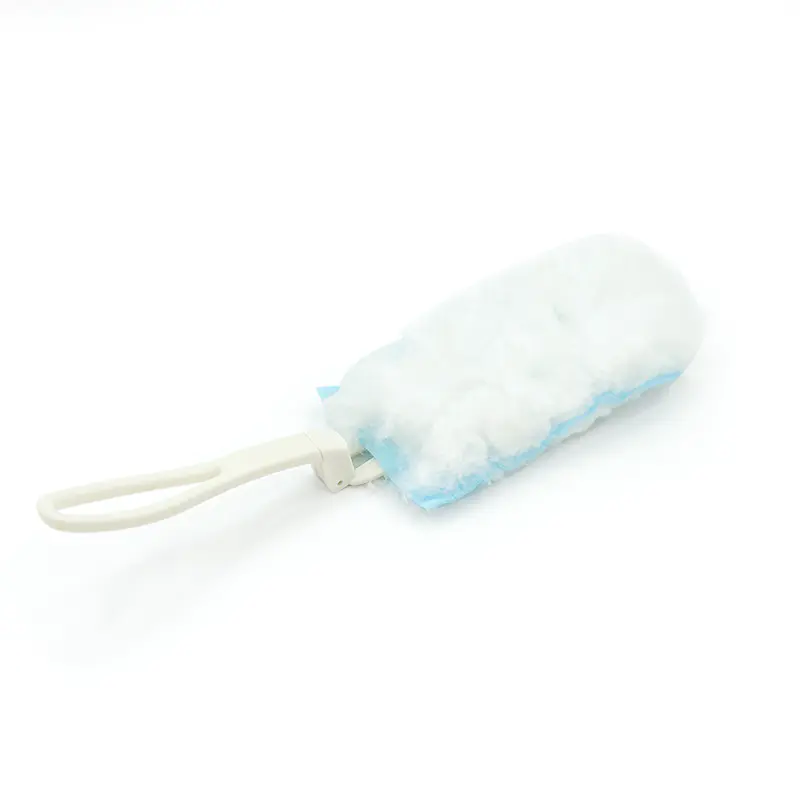In daily cleaning routines, selecting the right tools can significantly improve efficiency and help protect surfaces from damage. In recent years, microfiber cleaning towels have gained popularity due to their superior performance. But are they truly better than traditional cleaning cloths?
1. Superior Cleaning Power
Microfiber is made from ultra-fine synthetic fibers — typically a blend of polyester and polyamide (nylon) — that are split into strands much thinner than a human hair. This unique structure allows microfiber towels to trap dust, dirt, and even microscopic particles more effectively than regular fabrics.
Unlike cotton rags, which may simply smear dirt across a surface, microfiber actually lifts and holds debris, leaving surfaces cleaner and streak-free. This makes them especially effective on smooth or sensitive surfaces like glass, stainless steel, and electronics.
2. Excellent Absorbency and Liquid Removal
Microfiber towels are highly absorbent and can hold up to seven times their weight in water. This makes them ideal for wiping up spills or drying surfaces after cleaning.
Their high surface area and electrostatic properties also allow them to attract and retain dust without the need for chemical cleaners. As a result, they offer a safer and more natural cleaning solution, particularly in homes with children or pets.
3. Long-Lasting Durability
When it comes to durability, microfiber outperforms many traditional cleaning cloths. Cotton rags often fray or wear out quickly, but high-quality microfiber towels can be reused hundreds of times if properly maintained.
They are resistant to fraying, pilling, and fading, making them a cost-effective option over time. Their reusable nature also reduces the need for disposable paper towels, cutting down on waste.
4. Environmentally Friendly Option
From an environmental standpoint, microfiber cleaning towels are a more sustainable choice. They reduce reliance on single-use paper products, helping to conserve trees and decrease landfill waste.
While microfiber is made from synthetic materials that may release microplastics during washing, this impact can be minimized with proper care — such as using a microfiber-catching laundry bag and avoiding excessive heat during drying.
5. Versatile for Multiple Cleaning Tasks
Microfiber towels come in various thicknesses and weaves, making them suitable for a wide range of cleaning tasks. Ultra-soft varieties are perfect for polishing delicate items like eyeglasses or car finishes, while thicker versions handle heavy-duty jobs with ease.
Their lint-free quality also makes them ideal for use in environments where cleanliness is critical, such as laboratories, hospitals, and clean rooms.
6. Proper Care Ensures Best Performance
To maintain their effectiveness, microfiber towels require proper maintenance. They should be washed separately from other fabrics to avoid lint transfer and should not be used with fabric softeners, which can clog the fibers and reduce their absorbency.
Ideally, microfiber towels should be laundered in warm water and air-dried or tumble-dried on low heat to preserve fiber integrity.
Microfiber cleaning towels offer numerous advantages over traditional cleaning cloths. From superior cleaning performance and high absorbency to long-lasting durability and eco-friendly benefits, they are a smart investment for both home and professional use.
With proper care, these towels can provide lasting value and contribute to a cleaner, healthier environment. So yes — when it comes to cleaning, microfiber towels are indeed better in most cases.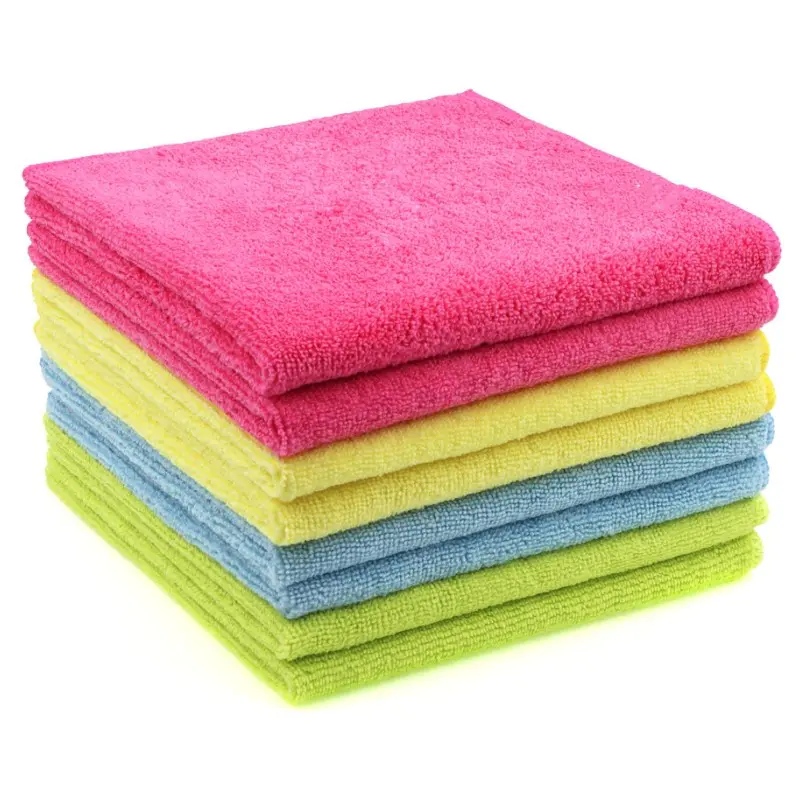

 English
English Español
Español